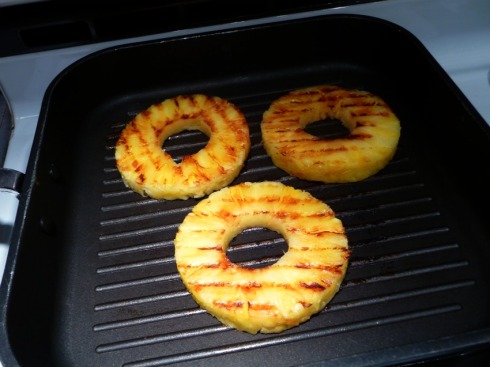It's a question that I've fiercely been trying to answer and defend to the best of my ability. Along the way, I've found a few really great neurological and philosophical studies that really back up my firm stance that YES, animals feel pain. YES, animals suffer.
http://www.grandin.com/welfare/animals.are.not.things.html
"When the structure of the brain and nervous system is studied, there is no black and white line between people and higher mammals such as chimps, dogs or cows. The genome project has shown that humans and mice share many genes (Gunter and Dhand, 2002). In mammals 30 to 40% of all genes are involved in nervous system development and function. The basic design of the nervous system and the neural mechanisms that process fear and pain are similar in humans and other mammals (Rogan and LeDoux, 1996). Colpaert et al. (2001) reported that rats will self medicate themselves with pain killers to relieve pain in arthritic joints.. Pain and fear both cause suffering. As nervous system and brain complexity increases the welfare needs of the animal increase and become more complex, but all animals that have sufficient nervous systems complexity to suffer from either pain or fear need basic welfare protections. Animals with complex brains also have greater social needs and a need for greater environmental enrichment.
With the framework outlined above, I can argue that animals can be property and still have a high standard of welfare. However, I will argue very strongly that animals need many protections because they are not things like a screwdriver. As the phylogenetic tree of animal species is climbed, protection from suffering must be increased. Chimps would require more protection and need different kinds of protection than frogs to insure that they would not suffer. Chimps have a more complex brain than frogs and a rich social life. As nervous system complexity increases, the animal needs increasing amounts of protection from society to insure that it does not suffer from pain, fear or a lack of environmental and social stimulation. Even though the phylogenetic tree is not linear it moves along its various branches from less complex nervous systems to more complex. Comparative physiology and psychology has shown that there is a broad range of nervous system complexity. As complexity increases a brain forms in the head of the animal that becomes increasingly complex. Different animals can be ranked in order of brain complexity. For example, ranking from less complex to more complex would be clams, lobsters, fish, birds, mice, dogs, apes, chimpanzees and people. There are some animals that are approximately equal in nervous system complexity such as dogs and pigs. Both rats and chimps should have equal protection from pain and fear, but the chimp may need additional protection to insure that it has adequate social stimulation. Chimps have a greater need for social and environmental stimulation than rats but new research indicates that even mice need social stimulation to prevent abnormal stereotypic behavior (Bohannon, 2002). Simple environmental enrichments such as materials to burrow in and several compansions are probably adequate for a rat, but a chimp needs much more,"
http://www.animal-rights-library.com/texts-m/singer03.htm
"Nearly all the external signs that lead us to infer pain in other humans can be seen in other species, especially the species most closely related to us--the species of mammals and birds. The behavioral signs include writhing, facial contortions, moaning, yelping or other forms of calling, attempts to avoid the source of the pain, appearance of fear at the prospect of its repetition, and so on. In addition, we know that these animals have nervous systems very like ours, which respond physiologically like ours do when the animal is in circumstances in which we would feel pain: an initial rise of blood pressure, dilated pupils, perspiration, an increased pulse rate, and, if the stimulus continues, a fall in blood pressure. Although human beings have a more developed cerebral cortex than other animals, this part of the brain is concerned with thinking functions rather than with basic impulses, emotions, and feelings. These impulses, emotions, and feelings are located in the diencephalon, which is well developed in many other species of animals, especially mammals and birds.[1]"
Additionally, Lord Brain (awesome name!), one of the most eminent neurologists of our time, has said:
I personally can see no reason for conceding mind to my fellow men and denying it to animals. […] I at least cannot doubt that the interests and activities of animals are correlated with awareness and feeling in the same way as my own, and which may be, for aught I know, just as vivid.[2]













































